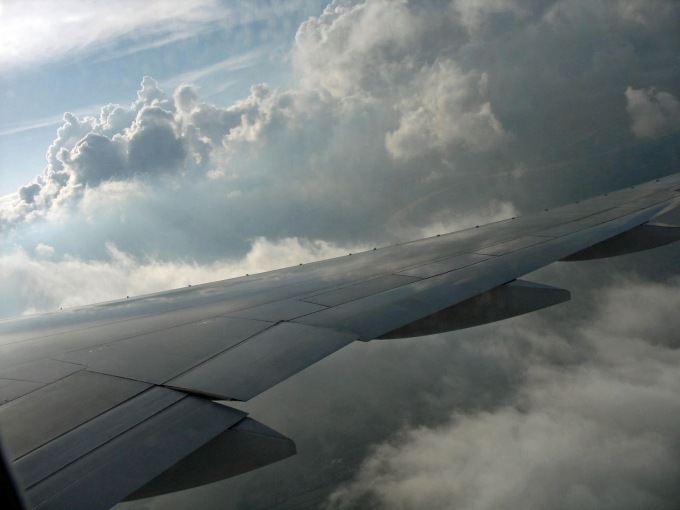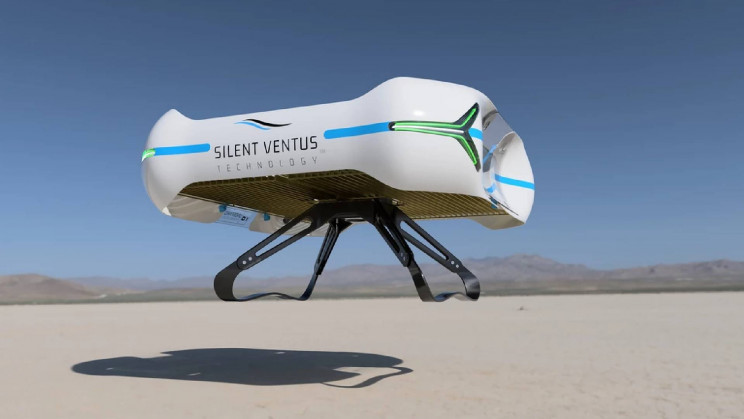The National Oceanic and Atmospheric Administration’s National Weather Service launches weather balloons twice a day to gather weather information from 69 locations in the continental U.S.
But the weather balloon system experiences regular data blips, the data measuring wind, temperature and humidity that reaches ground could be as much as 12 hours old.
Just think of planes equipped with sensors to gather that information to make reliable and accurate weather forecast on a real-time basis.
Flight delays cost airlines all around the world around $8 billion per year
The accuracy of weather forecasts, such as storms and turbulence, can benefit the aviation industry immensely.
With better data, airlines will be able to analyze the risks in certain weather conditions more accurately. This would help in trimming airline delays and risks to protect passengers and reduce operational costs.
Aircraft can cover a greater area to gather more real-time data
Now through a partnership between Southwest Airlines and UPS, water vapor sensors have been added to 87 Boeing 737 airplanes while UPS has fitted 25 of its jets with these sensors. These sensors will transmit real-time weather data to the National Weather Service.
Though the number of aircraft fitted with sensors is just less than 1% of US commercial fleet, it’s still more than the weather balloons that were sent up daily.
In the coming years, more airplanes will be equipped with these sensors and the weather predictions will be more timely as well as more accurate.







